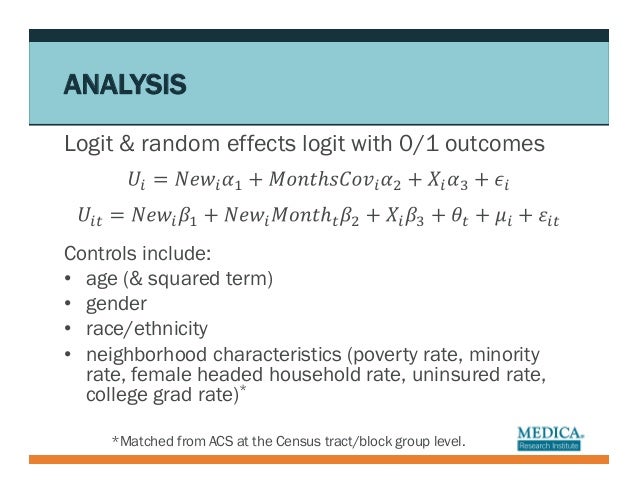

when it went through its post-lockdown bounce. So the impact will not be as great for China as it was for the U.S. Increasing China’s private consumption by 10% translates to a 4% increase in its GDP. Chinese household consumption accounts for only 38% of the country’s GDP in comparison, in the United States, it’s roughly 70% of GDP.For the less wealthy, the precautionary saving incentive is unlikely to fade immediately given the lagging recovery in labor markets, the flimsy social safety net, and the uncertain long-term outlook.
 Most of the excess savings are held by wealthy households, who have less propensity to spend than the less affluent, at least in proportion to their assets. Household fundamentals are also much weaker than in developed markets because of surging household debt over the past decade, limited fiscal transfer during the pandemic, three years of low income growth and high unemployment, and negative wealth effects from the sharp decline in housing prices last year. So there may be less pent-up demand than some would expect. Further, auto sales have been largely front-loaded in the second half of 2022, thanks to tax incentives. Unlike consumers in developed markets, Chinese households didn’t experience a persistent supply shortage of goods. Much of the savings over the past three years came from fewer home purchases and from redemptions of investments during a period of market turmoil-not the kind of savings that people would readily use for consumer goods and services. Several factors play into our more moderate estimate of the impact: Depending on different assumptions of the saving trend, we believe that China’s excess savings over the past three years could be in the range of RMB 1.5 trillion to 4 trillion, but closer to the lower end-roughly RMB 2 trillion, or USD 295 billion. In our opinion, the actual range is substantial but more modest. Some have estimated that as much as RMB 4 trillion to 6 trillion of excess savings accumulated over the past three years may flood the world’s markets. What’s causing this rosy outlook? Drawing upon experiences in the United States and other developed countries, some media and market watchers are anticipating what they call “revenge spending”-pent-up demand and accumulated savings after three years of COVID lockdowns leading to a tide of Chinese consumer spending that will lift all boats.
Most of the excess savings are held by wealthy households, who have less propensity to spend than the less affluent, at least in proportion to their assets. Household fundamentals are also much weaker than in developed markets because of surging household debt over the past decade, limited fiscal transfer during the pandemic, three years of low income growth and high unemployment, and negative wealth effects from the sharp decline in housing prices last year. So there may be less pent-up demand than some would expect. Further, auto sales have been largely front-loaded in the second half of 2022, thanks to tax incentives. Unlike consumers in developed markets, Chinese households didn’t experience a persistent supply shortage of goods. Much of the savings over the past three years came from fewer home purchases and from redemptions of investments during a period of market turmoil-not the kind of savings that people would readily use for consumer goods and services. Several factors play into our more moderate estimate of the impact: Depending on different assumptions of the saving trend, we believe that China’s excess savings over the past three years could be in the range of RMB 1.5 trillion to 4 trillion, but closer to the lower end-roughly RMB 2 trillion, or USD 295 billion. In our opinion, the actual range is substantial but more modest. Some have estimated that as much as RMB 4 trillion to 6 trillion of excess savings accumulated over the past three years may flood the world’s markets. What’s causing this rosy outlook? Drawing upon experiences in the United States and other developed countries, some media and market watchers are anticipating what they call “revenge spending”-pent-up demand and accumulated savings after three years of COVID lockdowns leading to a tide of Chinese consumer spending that will lift all boats. 
That said, recent surges in the global equity and commodity markets suggest that some may be overly optimistic about the impact China’s rebound will have on the rest of the world. This will likely have a positive impact not just on China but globally. China’s Center for Disease Control and Prevention estimates that 80% of the population has already been infected by COVID, so the nation may have already passed peak infection levels and achieved herd immunity, lowering the hurdles for further economic growth this year. It turned out to be even bumpier and not at all gradual after the country’s sudden reversal on its zero-COVID policy. We had expected China’s COVID exit strategy to be bumpy and gradual. Why markets are optimisticĬhina seems to be well on its way to our 5.3% growth forecast for 2023, which is slightly higher than consensus (5.1% as I write this) and higher than our earlier estimate of 4.5% back in 2022. Long-term, however, China may not be quite the economic engine it has been for the past few decades. Nevertheless, it certainly reduces the risk of a global recession. China’s economy is on a post-COVID rebound and we’re optimistic about its short-term trajectory, but markets may be overly optimistic about the impact of Chinese consumers on the global economy.







 0 kommentar(er)
0 kommentar(er)
